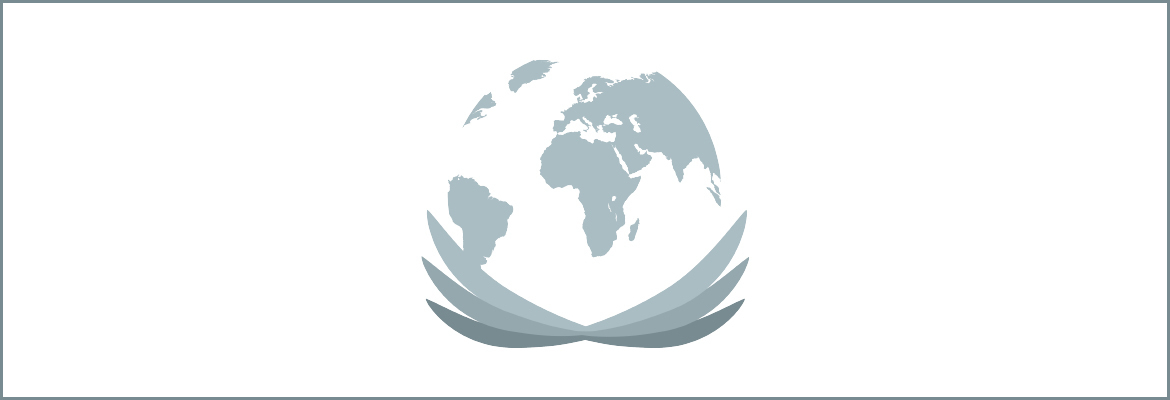Our Founding Printers

In our schooling we all learned that Thomas Jefferson, John Adams, and Benjamin Franklin were key figures in the creation of the Declaration of Independence. But, do we know who printed the famous document? It was John Dunlap of Philadelphia and Mary Katherine Goddard of Baltimore. Consider the risk in their action. In a time when talking about independence, let alone printing a document about it, was considered an act of treason by England, both Dunlap and Goddard could have been hanged just for doing their jobs. At some point on July 4, 1776, after Congress adopted the Declaration of Independence, John Hancock, President of the Continental Congress, and Secretary of State Charles Thomson sent Jefferson’s handwritten copy a few blocks away to Dunlap’s printing shop at 48 Market Street. Dunlap, who later fought with George Washington as an officer in the Revolutionary War, was an Irish immigrant who served as an apprentice in his uncle’s print and book selling shop from age 10 to 19. Now, at age 29, Dunlap was handed a piece of parchment that would change the course of human events. Working by candlelight through the night, he printed 200 copies of the Declaration of Independence. On January 18, 1777, the Continental Congress moved that signed copies of the Declaration of Independence be more widely distributed and hired Mary Katherine Goddard to do the job. In addition to being the first American woman postmaster, she operated a Baltimore newspaper and owned a print shop. Goddard offered use of her printing press for this treasonous duty. While Dunlap’s copies had only the signatures of Hancock and Thomson, Goddard’s were the first to contain the typeset names of all 56 signatures.
1976

To leave a comment, please Signin or Register.